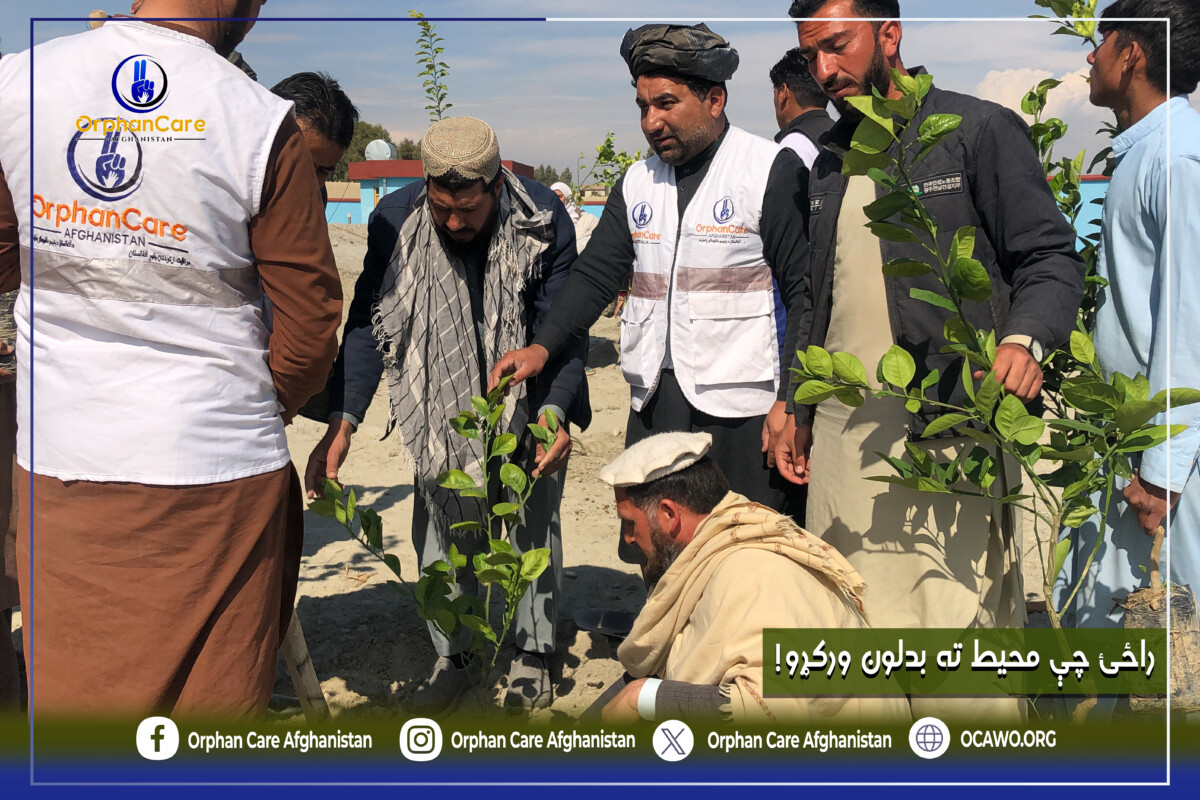Orphan Care
Small-Scale Dairy Farming
Afghanistan’s Orphan Care Charity has been providing lifesaving assistance to orphaned children and their families in different parts of the country. For many years, the organisation has been providing regular cash payments through established banking institutions to widows to provide their children a fair opportunity to pursue their education.
Recently, Orphan Care Afghanistan has launched economic empowerment programs for orphans and their families. The goal of these programs is to free families from the vicious cycle of poverty through sustainable income generation that would allow the children time for their education.
Orphan Care has been implementing various types of sustainable income generation projects such as tailoring, cultivation of mushrooms and dairy farming.
The small-scale dairy farming project has been very effective and has demonstrated significant potential. It has also received positive feedback from the families of the orphans. In addition to using the milk for daily consumption, dairy farming provides multiple revenue streams: the sale of excess milk and future additional calves.
Dairy Farming Project Implementation Process:
Step 1: Determining Feasibility and Readiness of Families.
We conduct a thorough survey of the families’ living conditions, experience, and capacity to determine whether they are suitable candidates for the project. For example, the families would need a proper space to maintain the cows, have access to animal feed, and agree to enrol their children in the local schools.
Step 2: Securing Community Buy-In and Supports
Community dynamics and support are important to the success of the dairy project. The project team meets with the village elders to ensure recognition and buy-in. Three key aspects are confirmed with the community:
- Determine whether the orphan family qualify for the project.
- Ensure community support in relation to assisting in provision of feed, or grazing opportunities and selling milk.
- Agreement to an annual process of rotating the dairy farming operation and benefits to other qualified orphan families in the community, i.e. after receiving the cow, the first yearly female calf would be taken from the beneficiary for distribution to another qualified family within the area by OCA in consultation with the community. This will double the number of beneficiaries within two years of the project without additional investment from OCA. This practice would be reviewed and adjusted as appropriate in the next two years.
The agreement includes commitment of the orphan family to send their children to local schools and mosques for basic education. The attendance will be monitored by the village elders and the OCA members from time to time.
Step 3: Acquisition and Distribution of Cows
The project team meets with a panel of experienced dairy farmers and representatives of the orphan families to purchase the cows at the local markets. The cows are then distributed through a blind selection process.
On average, a healthy cow produces 6 kg of milk a day. The milk sells for 40 AFN per litre, which equates to 7,200 AFN a month. If the families keep 2kg of milk a day for their daily consumption and sell only 4kg in the market, that still generates approximately 4,000 AFN a month after expenses (1000 AFN for feed), enough to support a family of 4-5 in Afghanistan.
OCA provides the first month feed and concentrates and preventative healthcare expenses for the first year in consultation with the local veterinarian.
Many of the families who received the cows admitted they don’t remember having had milk or dairy products for their children, the essential product for the normal growth of children. With only US$750 (approximate cost for a cow and additional expenses) per orphan family we can change the living condition of orphans across the country, help lift them out of poverty and put them on a path of financial stability.


